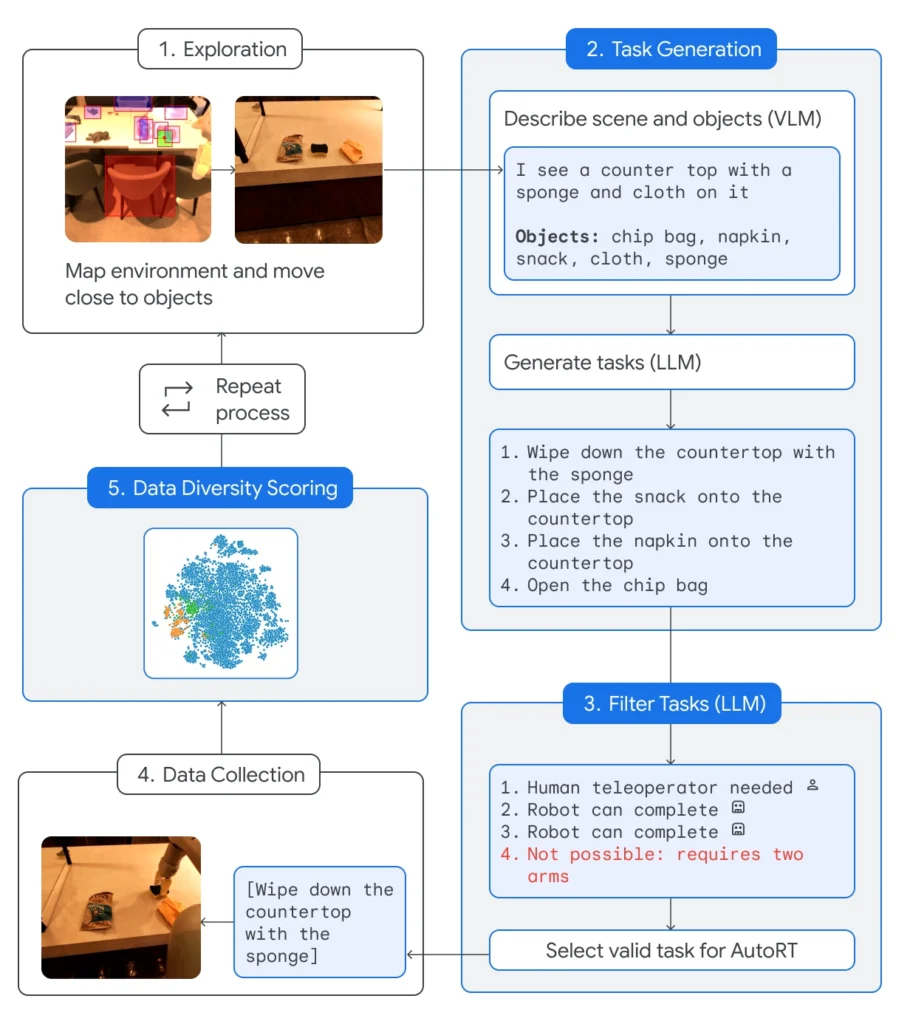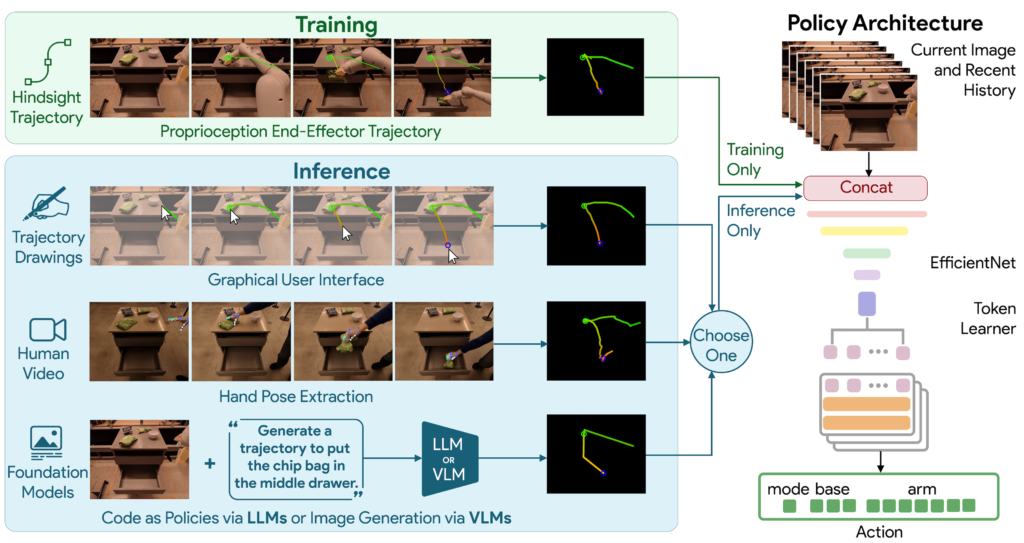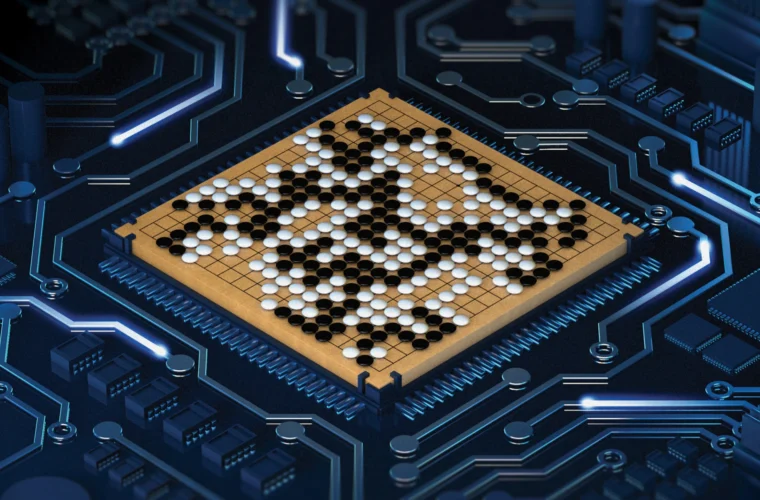DeepMind: We do not see them, but robots are increasingly present within companies, which use them to perform certain tasks to save time compared to manual activities. From large-scale distribution warehouses to other logistics tasks, robots provide useful resources to free employees from tedious and repetitive tasks so that they can devote themselves to more complex work. The priority in these cases is the efficiency of the machines, but first and foremost, the safety of the environment in which they are placed and the humans with whom they interact.
With artificial intelligence has come an acceleration in the development of software that drives robots. However, short-circuiting is a variable that must always be taken into account, as demonstrated by the recent case of a robotic arm that crushed and pushed a Tesla engineer against the floor, injuring him while he was proceeding to update the software of three interconnected robotic arms. Although it happened in 2021 at the Gigafactory in Austin (Texas, USA), the episode helps to understand how it is necessary to always maintain a high level of attention for those working in environments where robots programmed to perform certain tasks operate.

How to make robots more efficient and safe
An important update on the subject has come in recent weeks from the robotics division of DeepMind, the British AI startup founded in London in 2010 by Shane Legg, Demis Hassabis and Mustafa Suleyman, which was acquired by Google in 2014 and ended up under the control of Alphabet. Among the various innovations aimed at improving robots’ ability to make decisions quickly and safely is a kind of Robotic Constitution inspired by Isaac Asimov’s three laws of robotics. The aim is to prevent machines from harming people, which is why DeepMind has worked on large language models, adding a series of safety tips. One way is to prevent robots from engaging in tasks involving humans and any other tasks involving sharp objects, electrical appliances, and animals.
To avoid negative events, the company’s team has trained and programmed the robots to automatically stop whenever the force applied to the joints exceeds a certain level. Precisely because safety can never be too much in these situations; however, a physical switch has also been implemented that employees can use to stop the robots in case of need. These measures reinforce the idea that robots do not pose a danger in the working environments in which they are used. Imagine a robot cleaning the floor of an office or filling a shelf in a supermarket; these are already current scenarios.
DeepMind’s progress passes first and foremost through AutoRT, a data collection system that uses a visual language model to understand its environment and a large language model to behave accordingly, respecting the actions to be carried out on time. Google’s company conducted a seven-month experiment moving up to 52 robots in office scenarios and collecting a dataset of about 77,000 tests. Some robots were controlled remotely by human operators, while others performed what they were supposed to by following scripted commands.

The other two innovations announced by DeepMind in this self-regulatory attempt to create more efficient, intelligent and safer robots are Sara-RT and RT-Trajectory. The first is a solution to improve the speed and precision of robots without compromising the quality of the work performed. The second system concerns the robots’ capabilities in physical tasks, such as cleaning a table, with the widening of trajectories ensuring greater performance in terms of efficiency than in the past.
From here, the possibility of entrusting robots with complex tasks such as cleaning a cellar or preparing a meal remains a long and complicated step. Although more than meeting our demands, the robotic constitution sets limits that machines must not exceed. A goal as delicate as it is significant.



